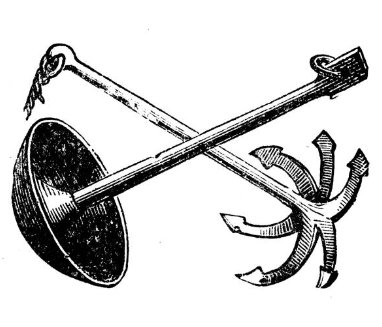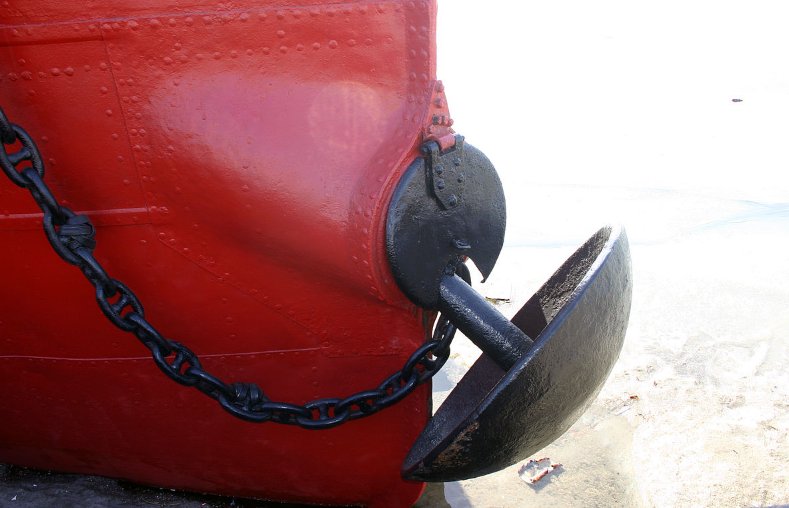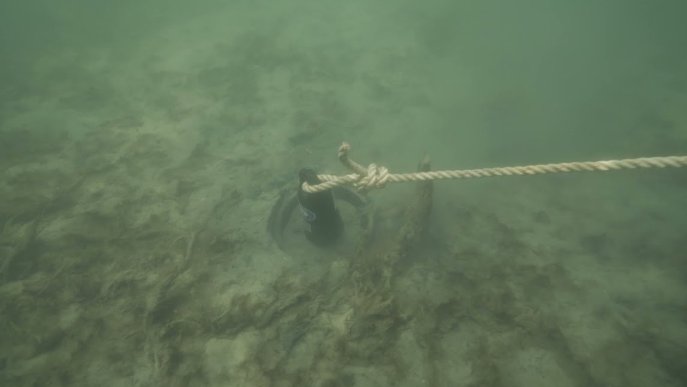1410, PARKSON, 44-60 ZHONGSHAN ROAD, QINGDAO, CHINA
When it comes to ensuring your vessel stays securely in place, choosing the right anchor is crucial. One reliable type available is the mushroom anchor. Known for its distinctive shape and excellent holding power, the mushroom anchor is a favorite among boaters. In this guide, we’ll explore everything you need to know about mushroom anchors, including their weight options, materials, and finishes, as well as their suitability for different seabed types.
What is a Mushroom Anchor?

A mushroom anchor gets its name from its shape, which resembles an inverted mushroom. This design is particularly effective in soft seabeds like mud or silt, where the anchor can bury itself and provide a strong hold. Mushroom anchors are typically used for small boats, buoys, and permanent moorings because of their ability to hold fast in a stationary position.
Material
Mushroom anchors are typically made from cast iron. This material is chosen for its durability and ability to withstand harsh marine environments. Cast iron also contributes to the necessary weight for the anchor to function effectively.

Finish Options: Hot-Dip Galvanized or Plastic Sprayed
Mushroom anchors are available with two primary types of finishes: hot-dip galvanized and plastic sprayed.
Hot-Dip Galvanized :Hot-dip galvanizing involves coating the cast iron anchor in a layer of zinc. This process provides excellent corrosion resistance, making the anchor suitable for both freshwater and saltwater use. The zinc coating helps prevent rust and extends the lifespan of the anchor. The durability of hot-dip galvanized products can result in decades of maintenance-free performance.
Plastic Sprayed : Plastic sprayed anchors have a layer of plastic applied to the surface. This finish offers additional protection against corrosion and can be more aesthetically pleasing. The plastic coating can also prevent the anchor from scratching or damaging the boat's hull or deck. Plastic sprayed finishes are customizable in various colors to suit different preferences.
Mushroom Anchors and Sand

Although mushroom anchors are quite adaptable, they may not perform well in sandy conditions. Sand is typically too loose and shifts easily, preventing the anchor from embedding deeply and securely. Therefore, mushroom anchors might not hold as well in sandy seabeds compared to mud or silt. If frequent anchoring in sandy conditions is expected, different types of anchors – such as plow or fluke anchors – may be more suitable.
How to Choose the Right Mushroom Anchor
Consider Your Vessel Size: Ensure the weight of the anchor is appropriate for the size of your boat. A heavier anchor is typically necessary for larger boats.
Think About the Environment: If you often anchor in saltwater, a hot-dip galvanized anchor may be more suitable due to its superior corrosion resistance. For freshwater or aesthetic considerations, a plastic sprayed anchor could be ideal.
Evaluate Your Needs: Consider how often you anchor and the types of seabeds you encounter. Mushroom anchors excel in soft seabeds but may not be as effective in rocky or hard environments.
Visit our website for more details, or contact us directly to discuss how we can tailor our products to meet your specific needs.
https://www.huahanmachinery.com/anchor06.html